Eduardo Bezerra
Towards a Spatiotemporal Fusion Approach to Precipitation Nowcasting
May 25, 2025Abstract:With the increasing availability of meteorological data from various sensors, numerical models and reanalysis products, the need for efficient data integration methods has become paramount for improving weather forecasts and hydrometeorological studies. In this work, we propose a data fusion approach for precipitation nowcasting by integrating data from meteorological and rain gauge stations in Rio de Janeiro metropolitan area with ERA5 reanalysis data and GFS numerical weather prediction. We employ the spatiotemporal deep learning architecture called STConvS2S, leveraging a structured dataset covering a 9 x 11 grid. The study spans from January 2011 to October 2024, and we evaluate the impact of integrating three surface station systems. Among the tested configurations, the fusion-based model achieves an F1-score of 0.2033 for forecasting heavy precipitation events (greater than 25 mm/h) at a one-hour lead time. Additionally, we present an ablation study to assess the contribution of each station network and propose a refined inference strategy for precipitation nowcasting, integrating the GFS numerical weather prediction (NWP) data with in-situ observations.
A Machine Learning Approach to Automatic Fall Detection of Combat Soldiers
Jan 26, 2025



Abstract:Military personnel and security agents often face significant physical risks during conflict and engagement situations, particularly in urban operations. Ensuring the rapid and accurate communication of incidents involving injuries is crucial for the timely execution of rescue operations. This article presents research conducted under the scope of the Brazilian Navy's ``Soldier of the Future'' project, focusing on the development of a Casualty Detection System to identify injuries that could incapacitate a soldier and lead to severe blood loss. The study specifically addresses the detection of soldier falls, which may indicate critical injuries such as hypovolemic hemorrhagic shock. To generate the publicly available dataset, we used smartwatches and smartphones as wearable devices to collect inertial data from soldiers during various activities, including simulated falls. The data were used to train 1D Convolutional Neural Networks (CNN1D) with the objective of accurately classifying falls that could result from life-threatening injuries. We explored different sensor placements (on the wrists and near the center of mass) and various approaches to using inertial variables, including linear and angular accelerations. The neural network models were optimized using Bayesian techniques to enhance their performance. The best-performing model and its results, discussed in this article, contribute to the advancement of automated systems for monitoring soldier safety and improving response times in engagement scenarios.
A Population-based Hybrid Approach to Hyperparameter Optimization for Neural Networks
Nov 27, 2020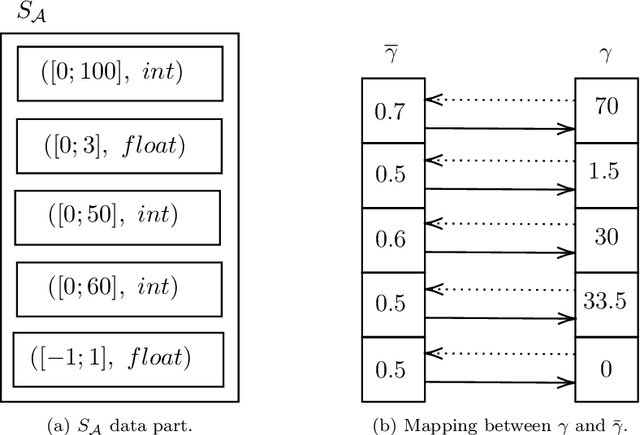

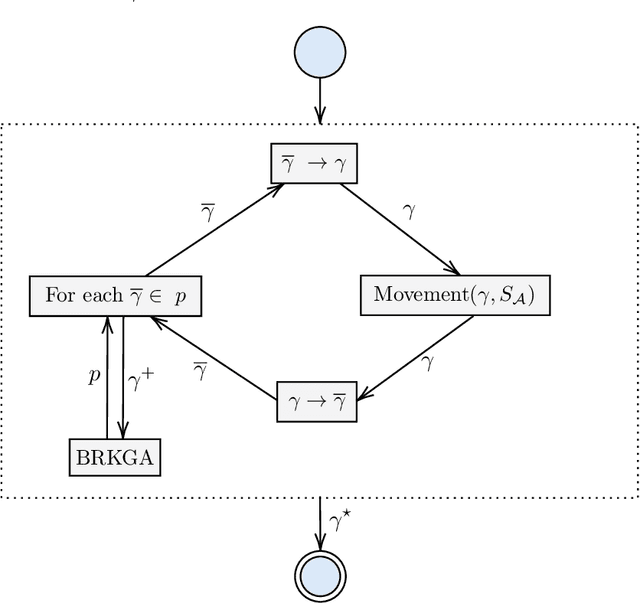
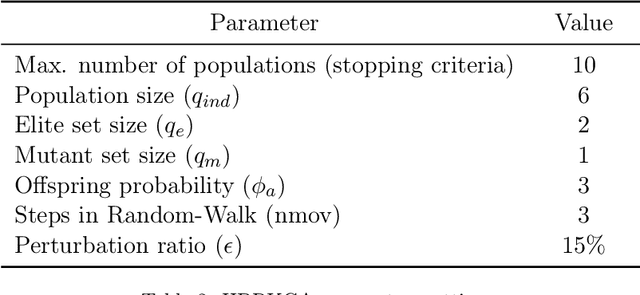
Abstract:In recent years, large amounts of data have been generated, and computer power has kept growing. This scenario has led to a resurgence in the interest in artificial neural networks. One of the main challenges in training effective neural network models is finding the right combination of hyperparameters to be used. Indeed, the choice of an adequate approach to search the hyperparameter space directly influences the accuracy of the resulting neural network model. Common approaches for hyperparameter optimization are Grid Search, Random Search, and Bayesian Optimization. There are also population-based methods such as CMA-ES. In this paper, we present HBRKGA, a new population-based approach for hyperparameter optimization. HBRKGA is a hybrid approach that combines the Biased Random Key Genetic Algorithm with a Random Walk technique to search the hyperparameter space efficiently. Several computational experiments on eight different datasets were performed to assess the effectiveness of the proposed approach. Results showed that HBRKGA could find hyperparameter configurations that outperformed (in terms of predictive quality) the baseline methods in six out of eight datasets while showing a reasonable execution time.
STConvS2S: Spatiotemporal Convolutional Sequence to Sequence Network for Weather Forecasting
Dec 16, 2019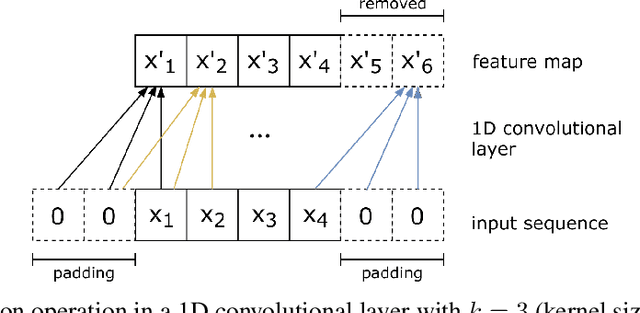

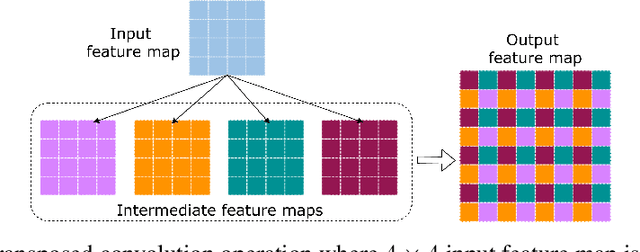
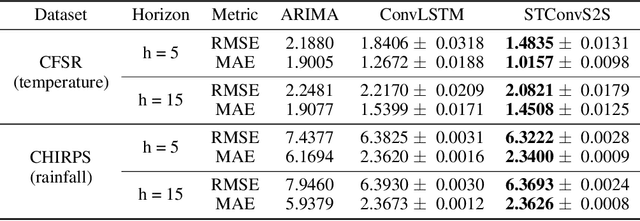
Abstract:Applying machine learning models to meteorological data brings many opportunities to the Geosciences field, such as predicting future weather conditions more accurately. In recent years, modeling meteorological data with deep neural networks has become a relevant area of investigation. These works apply either recurrent neural networks (RNNs) or some hybrid approach mixing RNNs and convolutional neural networks (CNNs). In this work, we propose STConvS2S (short for Spatiotemporal Convolutional Sequence to Sequence Network), a new deep learning architecture built for learning both spatial and temporal data dependencies in weather data, using fully convolutional layers. Computational experiments using observations of air temperature and rainfall show that our architecture captures spatiotemporal context and outperforms baseline models and the state-of-art architecture for weather forecasting task.
A Bimodal Learning Approach to Assist Multi-sensory Effects Synchronization
Apr 28, 2018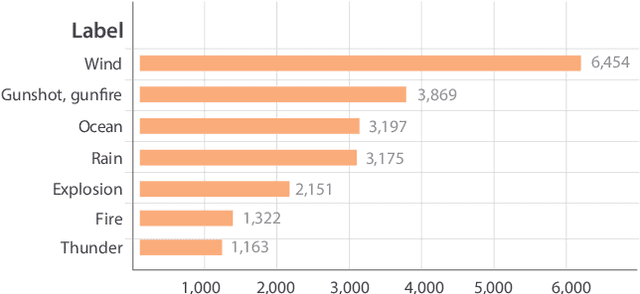
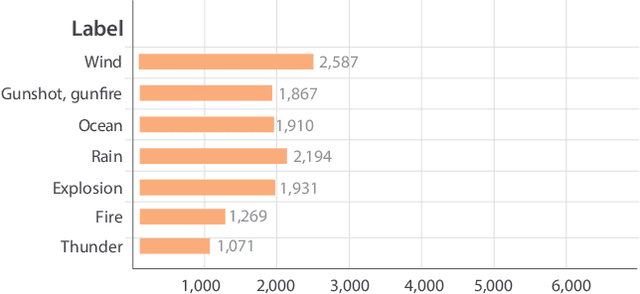
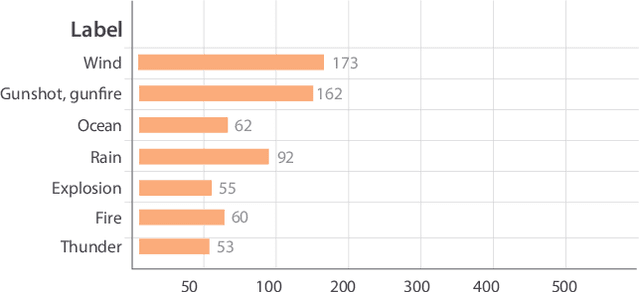
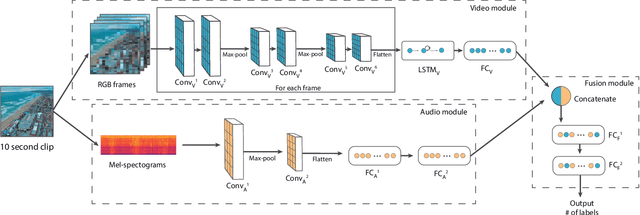
Abstract:In mulsemedia applications, traditional media content (text, image, audio, video, etc.) can be related to media objects that target other human senses (e.g., smell, haptics, taste). Such applications aim at bridging the virtual and real worlds through sensors and actuators. Actuators are responsible for the execution of sensory effects (e.g., wind, heat, light), which produce sensory stimulations on the users. In these applications sensory stimulation must happen in a timely manner regarding the other traditional media content being presented. For example, at the moment in which an explosion is presented in the audiovisual content, it may be adequate to activate actuators that produce heat and light. It is common to use some declarative multimedia authoring language to relate the timestamp in which each media object is to be presented to the execution of some sensory effect. One problem in this setting is that the synchronization of media objects and sensory effects is done manually by the author(s) of the application, a process which is time-consuming and error prone. In this paper, we present a bimodal neural network architecture to assist the synchronization task in mulsemedia applications. Our approach is based on the idea that audio and video signals can be used simultaneously to identify the timestamps in which some sensory effect should be executed. Our learning architecture combines audio and video signals for the prediction of scene components. For evaluation purposes, we construct a dataset based on Google's AudioSet. We provide experiments to validate our bimodal architecture. Our results show that the bimodal approach produces better results when compared to several variants of unimodal architectures.
 Add to Chrome
Add to Chrome Add to Firefox
Add to Firefox Add to Edge
Add to Edge